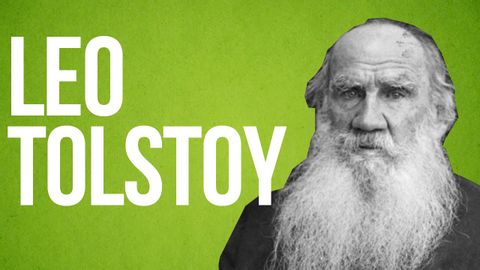
Subtitles & vocabulary
Video vocabulary
character
US /ˈkærəktɚ/
・
UK /'kærəktə(r)/
- Noun
- Person in a story, movie or play
- Writing symbols, e.g. alphabet or Chinese writing
A2
More psychological
US /ˌsaɪkəˈlɑdʒɪkəl/
・
UK /ˌsaɪkəˈlɒdʒɪkl/
- Adjective
- Concerning the study of the mind
- Relating to or involving the use of propaganda, threats, or other psychological techniques to subdue an opponent.
A2
More emotional
US /ɪˈmoʃənəl/
・
UK /ɪˈməʊʃənl/
- Adjective
- Causing, feeling, or appealing to the emotions
- Relating to or characterized by emotion
A2
More Use Energy
Unlock All Vocabulary
Unlock pronunciation, explanations, and filters
